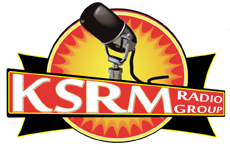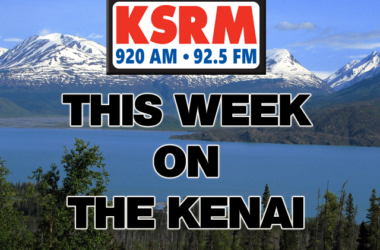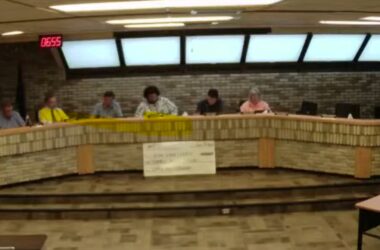The Alaska SeaLife Center (ASLC) admitted a premature harbor seal pup to the Wildlife Response Program on May 8, 2025.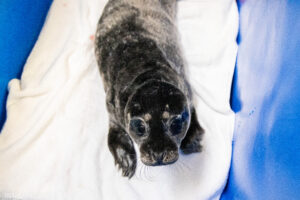
The male harbor seal was found on a remote beach in Kenai, with no mother in the area. The pup was prematurely born, as indicated by his white lanugo coat, and the ASLC team knew he likely wouldn’t survive without immediate intervention. After receiving approval from the National Oceanic and Atmospheric Administration (NOAA), ASLC volunteers recovered the pup, and the animal was transported to the ASLC.
During this initial admit exam, staff found the pup was likely born that day and should not have been alone so soon after birth. The team is currently providing initial stabilizing treatments and examining the patient further to understand the severity of the animal’s condition. Premature harbor seal pups have only about a 50% chance of survival when admitted to a wildlife response program, and the team is providing intensive care to give this pup the best possible chance.
In April 2025, the ASLC admitted another harbor seal pup born prematurely, which did not survive due to complications from underdeveloped organs that could not support life.
Harbor seal pups typically shed their white lanugo coat in utero before being born, so any time a pup of this species is seen with sections of fluffy white coat, it indicates that it was born prematurely. This visual clue helps responders quickly assess a harbor seal pup’s age, but it’s important to note that not all white-coated seal pups are premature.
Ice seal pups, like spotted and ringed seals, are born with white lanugo coats and do not shed them for four to six weeks after birth. Location helps experts know which species of seal pup they are looking at in Alaska. Typically, the ice seal species born with a white lanugo coat are found in the northern half of Alaska’s coastline, while harbor seals are found along the southern half of Alaska’s coastline.
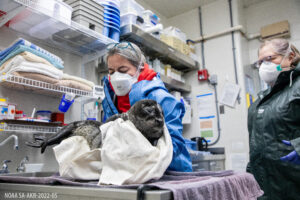 Furthermore, pupping season for harbor seals has begun. This is typically the busiest time of year for the ASLC team as they prepare for an influx of calls about abandoned or injured pups in need of help.
Furthermore, pupping season for harbor seals has begun. This is typically the busiest time of year for the ASLC team as they prepare for an influx of calls about abandoned or injured pups in need of help.
If you encounter a marine animal in distress, call the 24-hour Stranded Marine Animal Hotline at 1-888-774-SEAL (7325). ASLC encourages all Alaskans and visitors to save this number in their phone contacts. Remember, always call first before approaching any stranded or injured wildlife.
The Alaska SeaLife Center’s Wildlife Response Program can only care for stranded and injured marine animals.
Opened in 1998, the Alaska SeaLife Center operates as a non-profit research institution and public aquarium in Seward. The Center generates and shares scientific knowledge to promote understanding and stewardship of Alaska’s marine ecosystems.
To learn more, visit www.alaskasealife.org.
**Photo courtesy: Kaiti Grant | Alaska SeaLife Center
